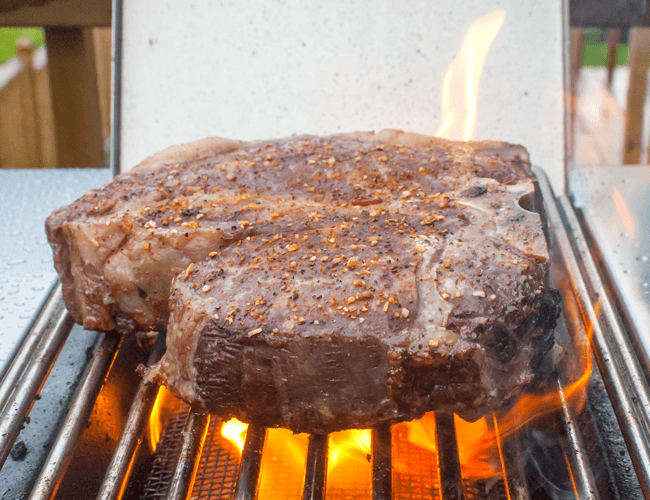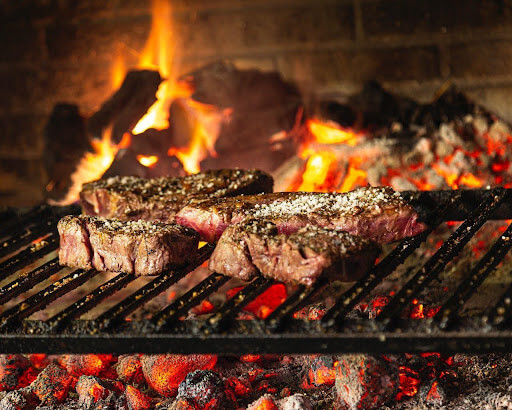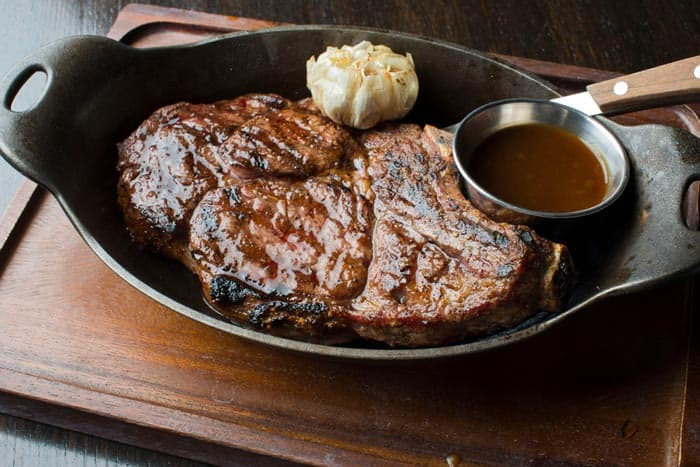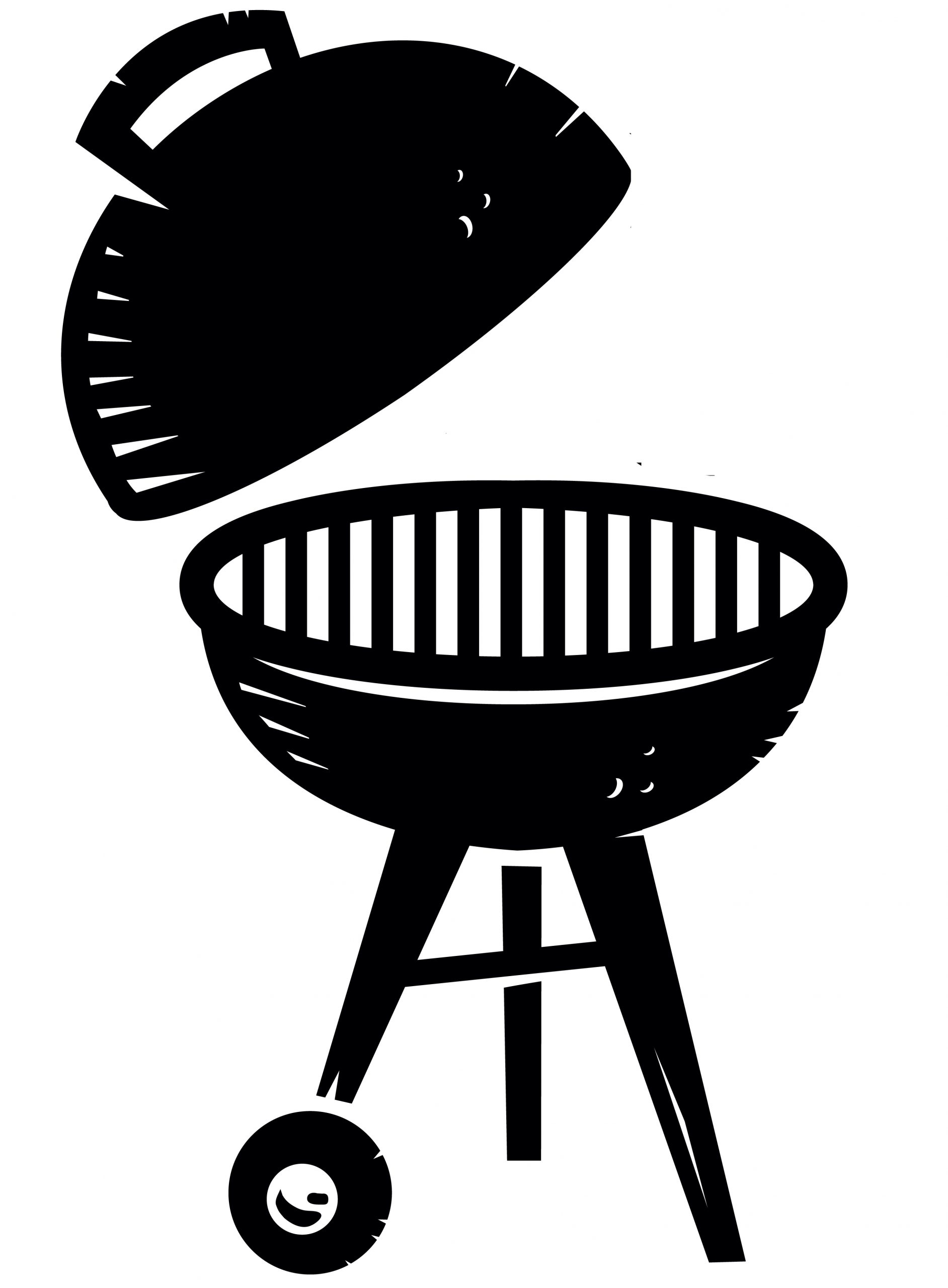When it comes to grilling, few processes are as integral to flavor development as the Maillard reaction. This fascinating chemical reaction is the foundation of the rich, savory, and complex flavors we crave in perfectly grilled meats and vegetables. In this article, we will explore the science behind the Maillard reaction in grilling, discuss how to optimize this reaction to enhance flavors, and provide expert tips to elevate your grilling game.
is the Maillard Reaction?
The Maillard reaction is a chemical process that occurs when proteins and sugars in food are exposed to heat, typically above 300°F (150°C). This reaction is responsible for creating the browned crust on grilled meats, the golden color of toasted bread, and the rich aroma of roasted coffee. Unlike caramelization, which involves the breakdown of simple sugars, the Maillard reaction is a complex interaction between amino acids and reducing sugars, leading to the formation of hundreds of flavor compounds.
The result is a deep, savory, and complex flavor profile, often described as umami or meaty. This reaction is key in grilling because it occurs on the surface of food where direct heat interacts, giving grilled dishes their characteristic color, aroma, and taste.
How the Maillard Reaction Enhances Grilled Foods
When grilling, the Maillard reaction transforms otherwise simple proteins and sugars into a symphony of new flavors. Steaks, chicken, pork, and even vegetables benefit from the Maillard reaction because it helps develop a mouthwatering crust or char on the surface while sealing in juices. The intense heat from grilling creates the perfect environment for the Maillard reaction to take place, producing a delightful contrast between the caramelized outer layer and the tender, juicy interior of the food.
Here are some key factors that influence the effectiveness of the Maillard reaction in grilling:
Temperature: The Maillard reaction requires high heat, typically above 300°F (150°C), to activate. For optimal grilling, the surface temperature of your food needs to be sufficiently high to promote browning. Direct contact with the hot grill grates, or radiant heat from the coals or burners, ensures this happens efficiently.
Dry Surface: Moisture inhibits browning because water evaporates at 212°F (100°C), keeping the temperature below the threshold required for the Maillard reaction. To maximize browning, it’s essential to dry the surface of your meat or vegetables thoroughly before grilling.
Protein and Sugar Content: Foods rich in proteins and natural sugars, such as meats, poultry, seafood, and certain vegetables (like onions and bell peppers), are particularly well-suited for the Maillard reaction. The combination of these components provides the necessary building blocks for the formation of complex flavor compounds.

Techniques to Maximize the Maillard Reaction on the Grill
Mastering the Maillard reaction requires understanding how to manipulate the grilling process to enhance browning while avoiding overcooking. Here are several techniques to ensure you get the most out of the Maillard reaction:
1. Preheating the Grill
Preheating the grill is crucial for achieving the necessary high heat. Whether using a charcoal or gas grill, allow sufficient time for the grates to become scorching hot. This direct contact between the food and the hot surface promotes a rapid Maillard reaction, locking in juices and forming that flavorful crust. If the grill isn’t preheated, the food may cook unevenly, and the desired browning won’t occur.
2. Pat Food Dry Before Grilling
One of the simplest yet most effective steps you can take is to ensure the food surface is dry before grilling. Use paper towels to pat down meats and vegetables thoroughly. The drier the surface, the quicker it will reach the Maillard reaction threshold, and the more pronounced the browning will be. If there is too much moisture, your food will steam instead of sear, preventing the Maillard reaction.
3. Use Marinades Wisely
While marinades add flavor and moisture, they can also hinder the Maillard reaction if they’re too wet. A good technique is to allow your food to marinate for a sufficient period, then pat it dry before grilling. Alternatively, consider marinating your food in ingredients that promote browning, such as those high in sugars or amino acids, like soy sauce or honey. However, be cautious—sugary marinades can burn easily, so monitor grilling times closely.
4. Don’t Overcrowd the Grill
Overcrowding the grill can lead to steaming, which cools the grill surface and prevents the Maillard reaction. Leave enough space between items on the grill to allow hot air to circulate freely, maintaining the high heat necessary for effective browning. Overcrowding can also result in uneven cooking, where some parts of the food brown beautifully while others remain undercooked.
5. Sear First, Then Finish with Indirect Heat
For thick cuts of meat, such as steaks or pork chops, searing the exterior at high heat is a great way to start the Maillard reaction. Once you’ve achieved the desired browning, move the meat to an area of the grill with indirect heat to finish cooking through. This method ensures the meat retains its juices and tenderness while the Maillard reaction has time to develop its rich flavor.

6. Resting the Meat
After grilling, always allow your meat to rest for several minutes. While this step doesn’t affect the Maillard reaction directly, it allows juices to redistribute throughout the meat, ensuring that the final bite is as juicy and flavorful as possible. Resting also helps prevent the release of excess moisture when cutting, which would otherwise disrupt the texture created by the Maillard reaction.
The Role of Equipment and Tools in Enhancing the Maillard Reaction
Achieving the perfect Maillard reaction also depends on using the right grilling tools and equipment. High-quality grills that retain and distribute heat evenly are essential. Cast iron grates, for example, are excellent for promoting browning due to their superior heat retention compared to stainless steel. Additionally, using a meat thermometer ensures you don’t overcook your food while waiting for the Maillard reaction to develop.
1. Cast Iron Grates
As mentioned earlier, cast iron grates are superior for promoting the Maillard reaction because of their excellent heat retention and distribution properties. They create consistent heat, leading to better browning and crust formation. Preheat your cast iron grates thoroughly before placing your food on the grill for best results.
2. Infrared Burners
Some grills come equipped with infrared burners, which use intense, radiant heat to sear food quickly. These burners are ideal for jump-starting the Maillard reaction, especially when searing steaks, chicken breasts, or pork chops. Once seared, the food can be moved to a cooler part of the grill to finish cooking through indirect heat.
3. Thermometers for Precision
Monitoring internal temperatures is key to avoiding overcooking while still allowing enough time for the Maillard reaction to fully develop. Instant-read thermometers are a great tool to ensure your food reaches the perfect internal temperature without exceeding it, especially when grilling delicate items like fish or thin cuts of meat.
Maillard Reaction vs. Caramelization: What’s the Difference?
While the Maillard reaction and caramelization are both browning processes, they are distinct in how they develop flavors. The Maillard reaction occurs between amino acids and reducing sugars, forming savory and umami flavors. Caramelization, on the other hand, is the thermal decomposition of sugars, resulting in sweet, nutty, and buttery flavors. Caramelization typically happens at higher temperatures and affects foods with high sugar content, such as onions, fruits, and desserts.
Understanding this difference is essential in grilling because foods that undergo the Maillard reaction will have a deeper, more complex flavor than those that rely solely on caramelization.

Conclusion: Mastering the Maillard Reaction for Perfect Grilling
Grilling is as much about science as it is about technique, and the Maillard reaction is the cornerstone of the rich flavors we associate with perfectly grilled food. By understanding the chemistry behind the Maillard reaction and how to optimize it through proper grilling techniques, you can significantly enhance the taste and texture of your grilled dishes. Ensure high heat, dry surfaces, and appropriate grilling tools to maximize browning and flavor development. With these principles in mind, you’ll be well on your way to achieving professional-level results on your grill, delighting friends and family with every bite.
